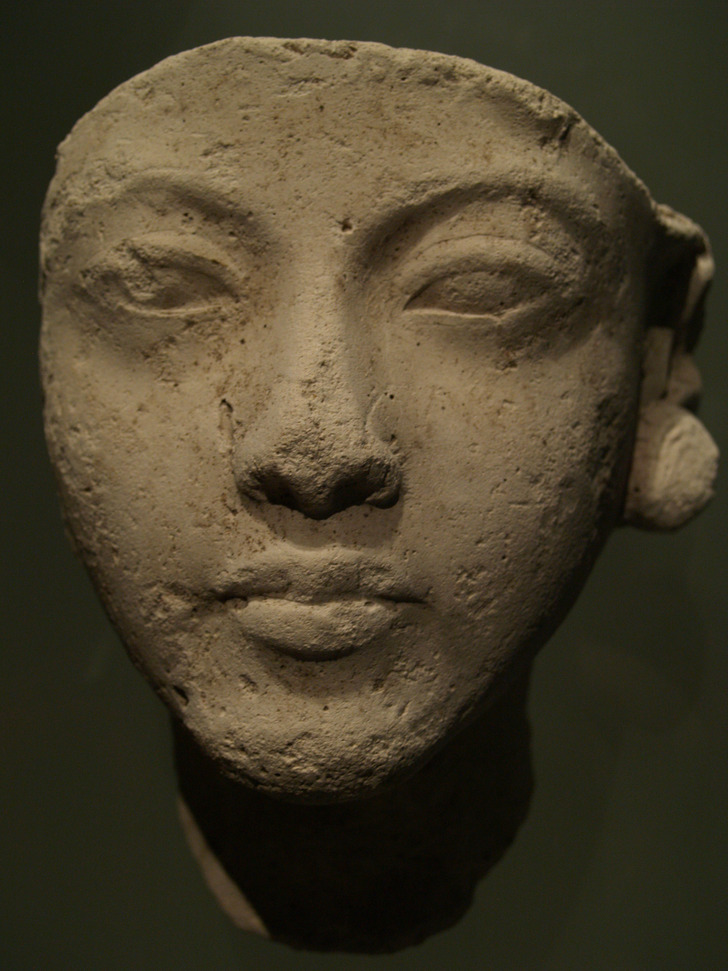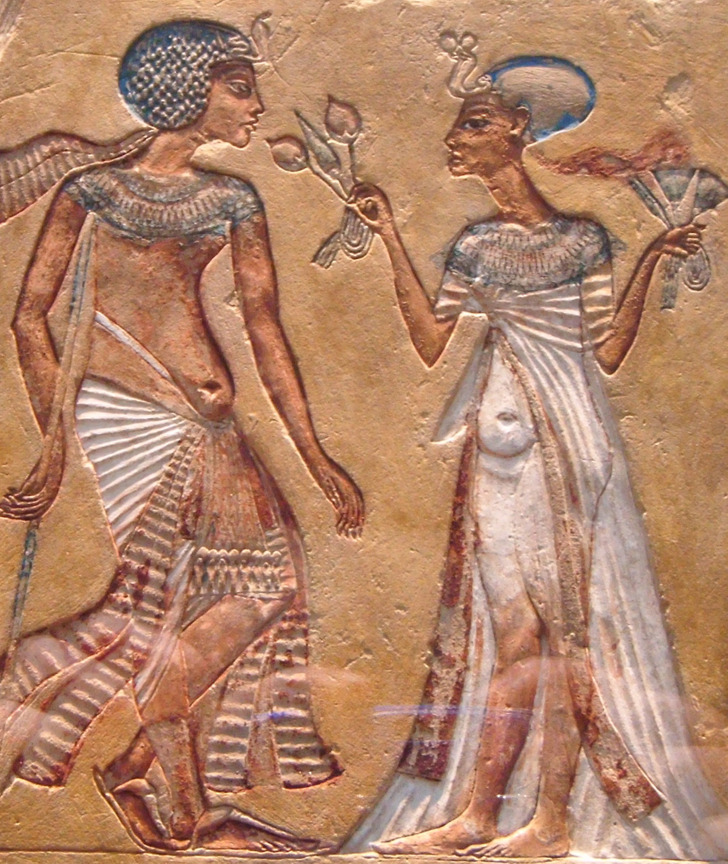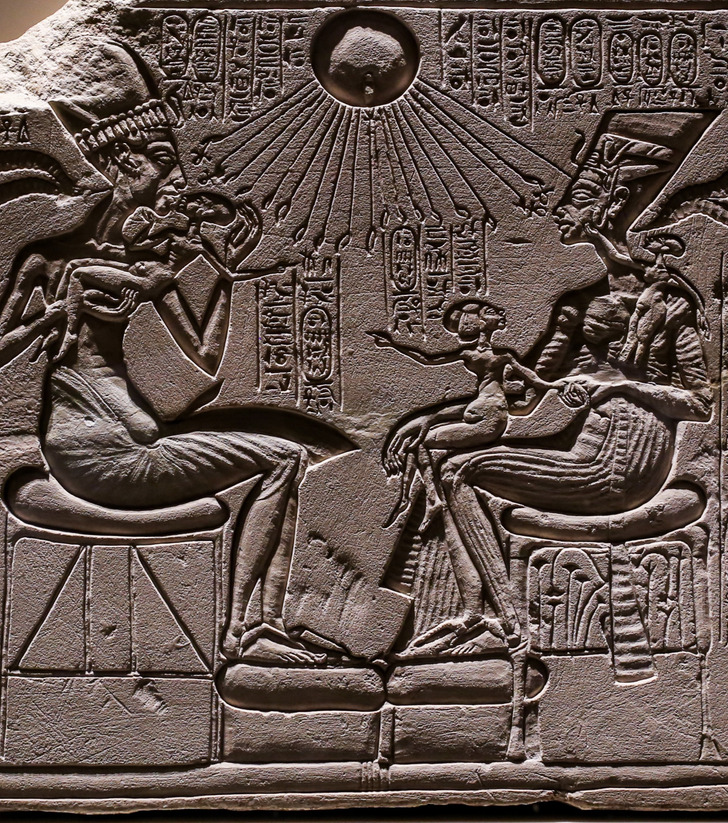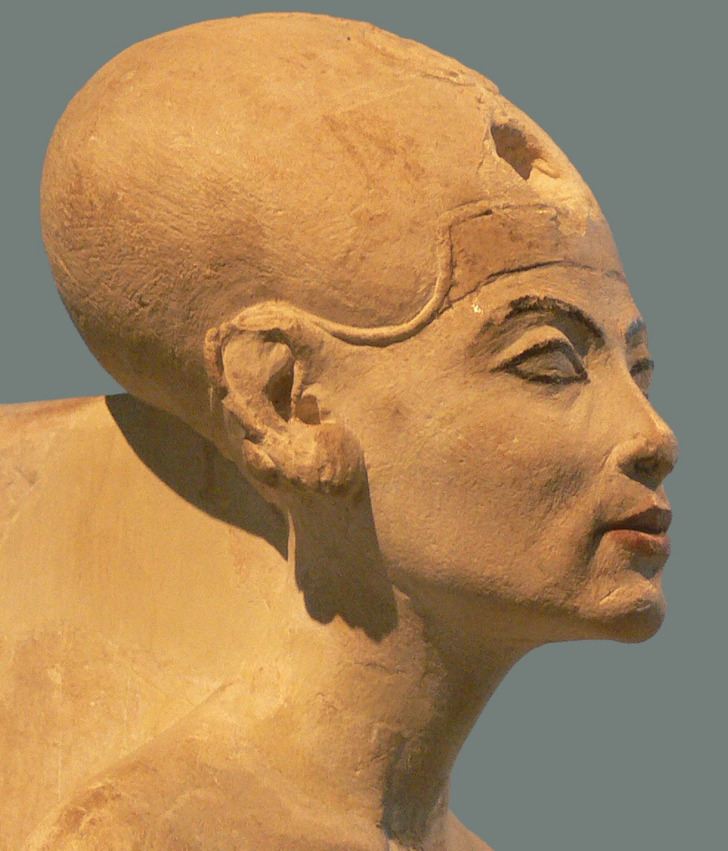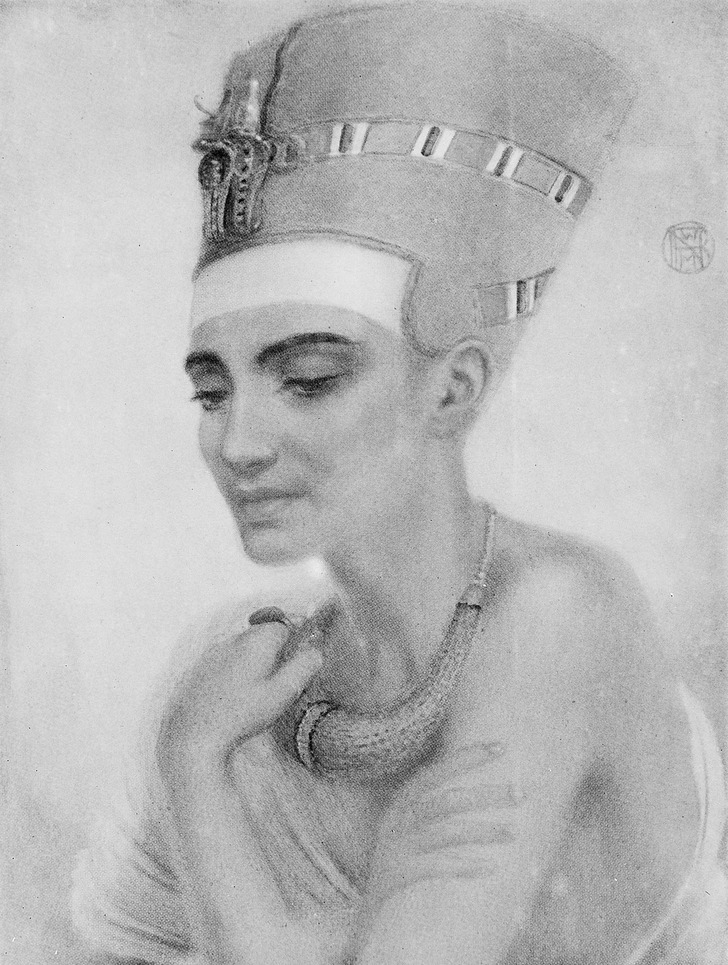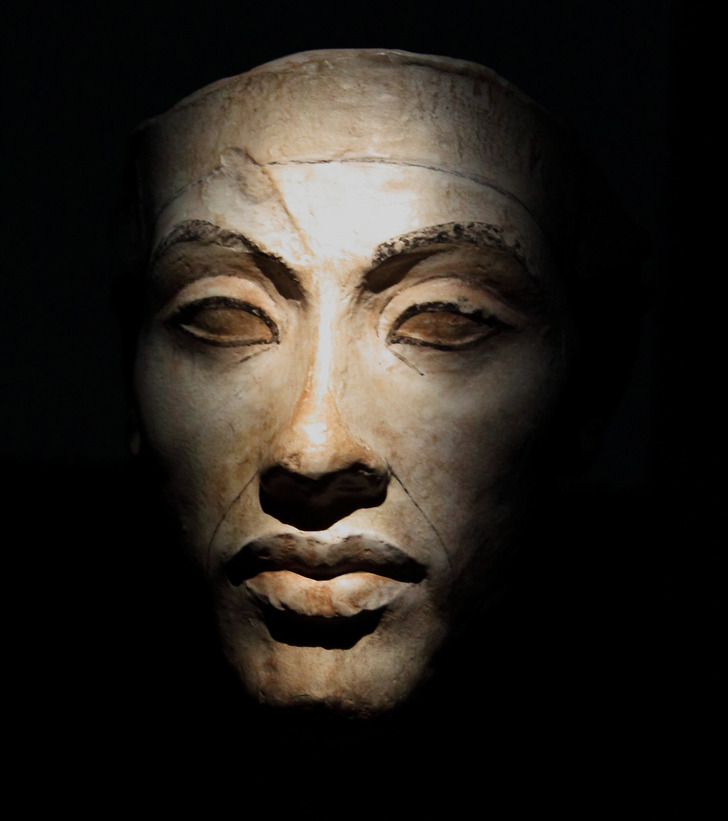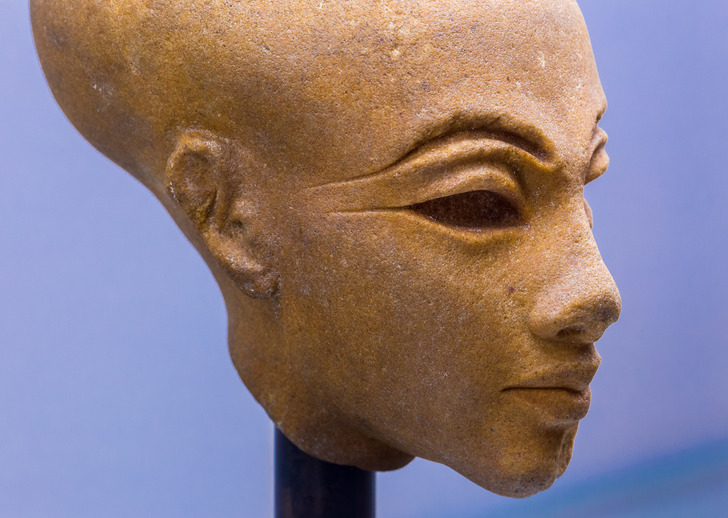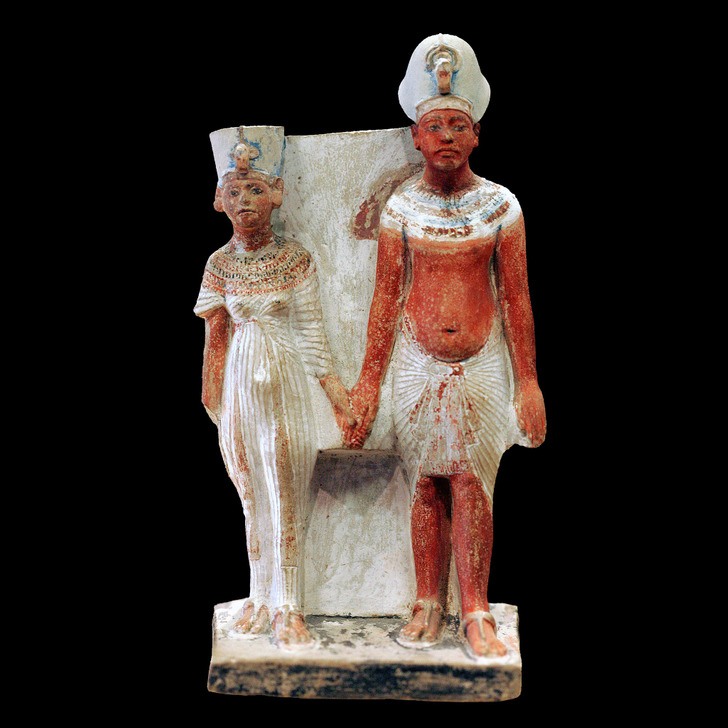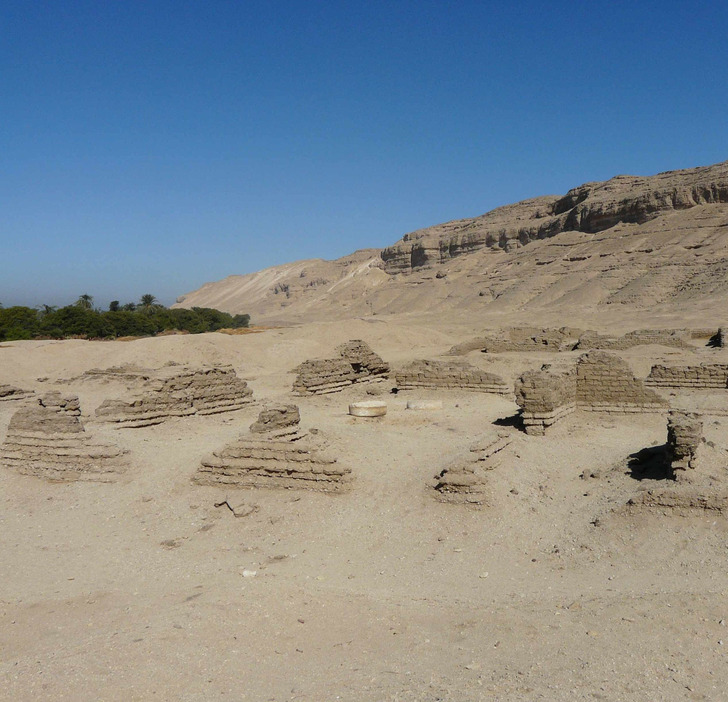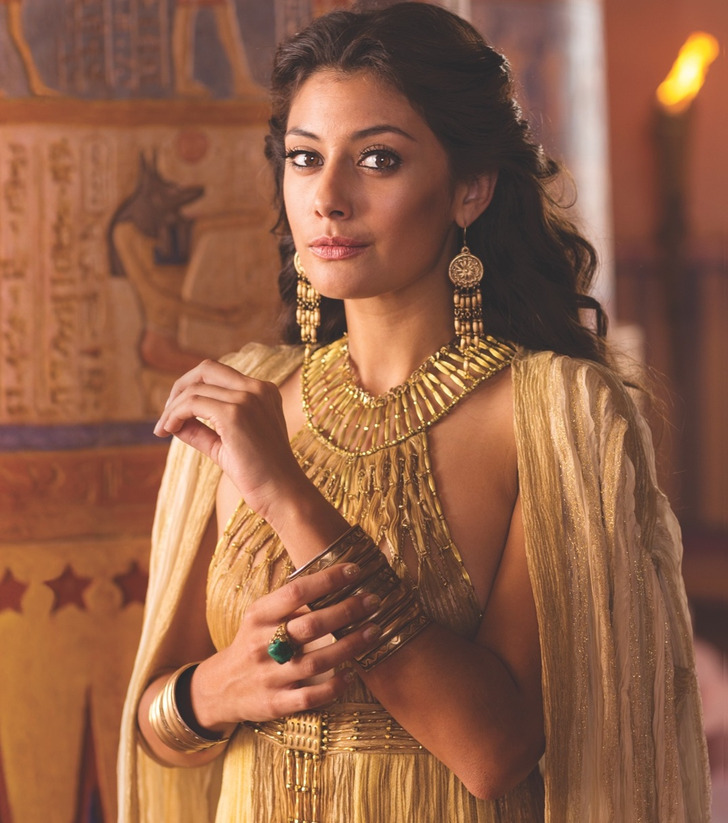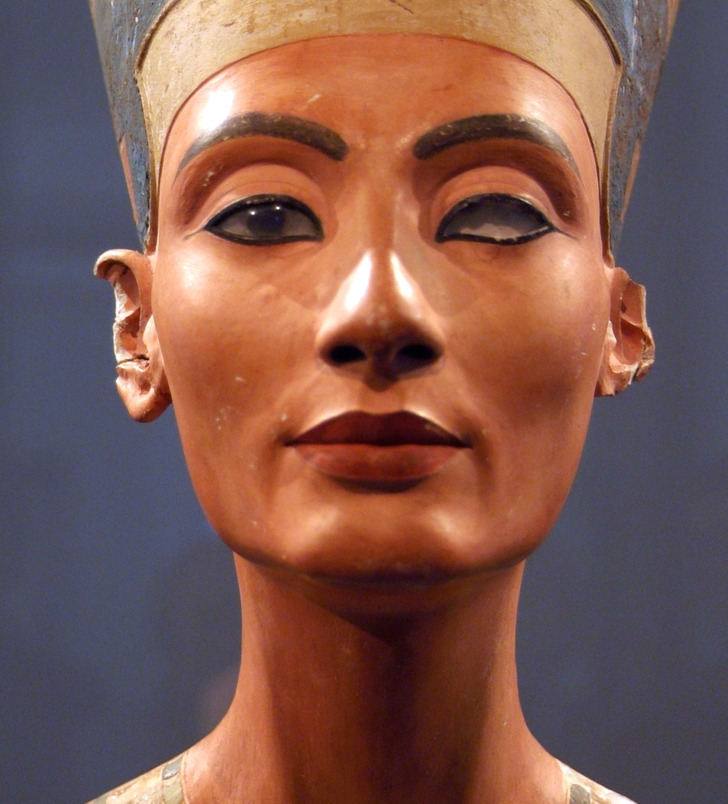12 Facts About Nefertiti Who Charmed a Pharaoh and Ruled With Him
Queen Nefertiti is one of the most famous figures in the history of ancient Egypt. However, she is shrouded in mystery. To this day we can’t know exact facts about her life, as most of the documents and images of those times were destroyed immediately after the end of her husband’s reign. Even her true appearance raises a lot of questions.
Here at CHEERY, we tried to find out a little more about the life of Nefertiti, and whether she actually did, at one time, reign over Egypt.
Nefertiti was not Egyptian
Nefertiti’s exact birth date isn’t known, and it’s possible that she was not Egyptian at all, but rather came from the kingdom of Mitanni to become the wife of Amenhotep III, the father of her future husband. This is supported by her name, which translates as “the beauty has come”, i.e. she was not originally born in Egypt.
Nefertiti could also have been the daughter of Pharaoh’s advisor Ay. In any case, she seems to have been there since childhood, as she had a nurse, who later became her tutor. According to the customs of those times, the future queen changed her name several times, so it’s difficult to understand which facts applies to her.
Nefertiti was not only the Pharaoh’s wife, but also the chief priestess
Amenhotep IV and Nefertiti were married shortly before he ascended the throne. She held the title of “Great Royal Wife”, which was very honorable. But the queen’s real glory came to her when her husband decided to abolish all traditional beliefs and founded his religion that worshiped a single god — Aton.
Nefertiti more than supported her husband, so much so, that she became the chief priestess. Images of her appeared on temples, buildings, and carved into statues. No woman in Egyptian history before, or after Nefertiti, had such attention. Not even her husband, the Pharaoh, was so loved by sculptors and artists.
The Pharaoh would not have achieved this much without his wife’s help
After embracing the new faith, Amenhotep IV changed his name and became Akhenaten. But he couldn’t carry out all the reforms on his own, he needed the help of his wife. Therefore, the pharaoh endowed Nefertiti with unprecedented status and even gave her her own temple. In turn, the queen helped him rule. She greeted foreign ambassadors, signed decrees, and performed many duties, which would traditionally be done only by the Pharaoh.
Akhenaten’s marriage was considered sacred, and the couple’s children were portrayed as living embodiments of the couple’s divine love. The everyday life of the royal family began to appear in many paintings, and the themes were quite common: they were depicted in daily moments of joy and sorrow. Thus, for the first time, the common people of ancient Egypt were able to see how their rulers lived.
Nefertiti was responsible for a complete revolution of art
Before the reign of Akhenaten, both men and women in ancient Egypt were depicted according to millennia-old traditions. Two-dimensional people were outlined with clear lines; faces and bodies were always drawn sideways, while the eyes and shoulders would be front-facing. This all changed during Nefertiti’s reign.
Drawings and sculptures now featured softer, more realistic lines. Both men and women were depicted looking alike. They had long faces and bodies, plump lips, round bellies, and wide hips. Art was another way that Akhenaten and Nefertiti tried to change their country and its beliefs.
The queen was unable to fulfil her main duty
Nefertiti gave her husband six daughters, but never gave birth to a son — an heir to the throne. So Akhenaten was forced to look for new wives, in hopes that they could fulfill this duty. He chose two of his daughters: the oldest, Meritaten, and the third, Ankhesenamun. Historians have never been able to agree as to whether Akhenaten had children from these unions. However, another wife, Kiya, gave birth to a boy, the future Tutankhamun.
The ruling couple lead the country into decline
While Nefertiti and her family were enjoying their happy lives, the country started to decline. Akhenaten set about building his own capital, Amarna. The settlement was built from scratch, which required a great deal of spending. The new city was characterized by unprecedented luxury. Taxes rose quickly and many Egyptians, including children, were sent out to work on the construction.
A daughter destroyed Nefertiti and Akhenaten’s happiness
Around the 12th year of Akhenaten’s reign, disaster struck the country. A plague fell upon ancient Egypt and ran rampant for several years. During this period many people fell victim to the disease, and it didn’t bypass the Pharaoh’s family, either. Akhenaten lost his mother, wife Kiya, and his two youngest daughters.
However, an even greater blow was the death of the royal couple’s daughter Meketaten. It is believed that she died at the age of 13, during childbirth. The parents mourned this loss bitterly. Soon after the tragic event Nefertiti mysteriously disappeared. Some researchers believe that she simply couldn’t cope with Meketaten’s death.
The queen disappeared to become a different person
The queen disappeared without a trace five years before the end of her husband’s reign. Historians are still unsure about what caused this. Some believe Nefertiti died or fell victim to some court intrigue. Perhaps she was displaced by one of Pharaoh’s new consorts. But most scholars agree that she outlived her husband, just that she went from being a wife to being Akhenaten’s co-ruler.
Some researchers suggest that the queen took a new name, Neferneferuaten, and ruled the country under it, along with the pharaoh. The last years of Akhenaten’s reign were difficult: Egypt was mired in conflict, and the old temples and images of ancient gods were ruthlessly destroyed. Four years before the ruler’s death, a frightening phenomenon occurred: a solar eclipse plunged the land into complete darkness for several minutes.
Nefertiti destroyed all of her husband’s achievements
If Nefertiti did outlive her husband, she may well have devoted her remaining years to rebuilding a country that was left devastated by Akhenaten. At the time of her death, the sole heir, Tutankhamun, was still too young for the throne, so the Pharaoh became Neferneferuaten.
Some speculate that this was Nefertiti, hiding under a new name, who decided to undo the damage done during the previous years. To do this she had to “give herself up” — change into men’s clothing and say that she was a man. In her new identity as Neferneferuaten, she commanded to abandon the new capital and return to Thebes. The temples of Aton were also destroyed and the name of the former ruler was subjected to oblivion.
Nefertiti’s father outlived her, and married one of his granddaughters
When Tutankhamun was about 10 years old, he began to rule independently. The boy changed his name and returned to the old traditions. He married his half-sister and his father’s former wife, Ankhesenamun.
But Tutankhamun’s reign didn’t last long, he died at the age of 19, leaving no heirs. His successor was advisor Ay, the possible father of Nefertiti, who went on to marry Ankhesenamun, his own granddaughter. Nothing else is known about this one of Nefertiti’s daughters.
Nefertiti’s appearance may have been different
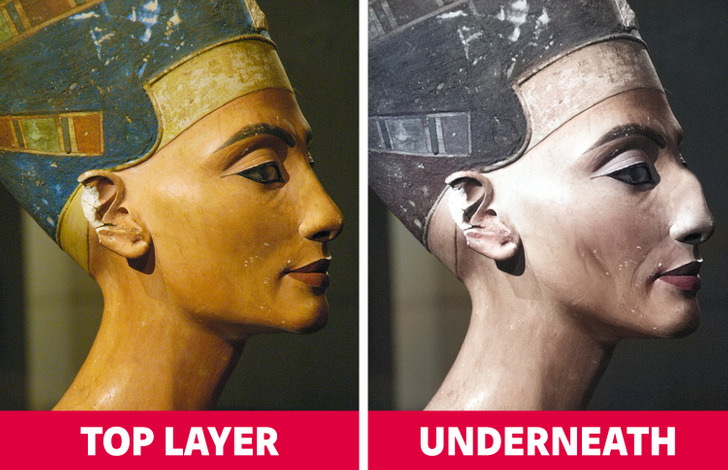
The original appearance of the famous statue, as recreated by CHEERY, based on this description.
As early as the beginning of Tutankhamun’s reign, all evidence of Akhenaten and Nefertiti’s existence was getting destroyed, and their names were forgotten. No one knew of the rebellious Pharaoh and his beautiful wife for centuries, until the discovery of the Amarna ruins, at the end of the 19th Century. The world-famous bust of Nefertiti was found in 1913 in the ruins of a studio of the sculptor Thutmose, and the queen’s perfect features quickly captivated the world.
But, perhaps, she wasn’t so attractive, after all. A scan of the statue revealed that beneath the top layer of painted plaster was a less enchanting appearance than the original sculpture. The interior is made of limestone and is also meticulously detailed, only Nefertiti’s face shows wrinkles in the corners of her mouth and on her cheeks. Her cheekbones are not as sharply sculpted, and her nose has a slight bump. The sculptor probably decided to “improve” the queen’s image according to the beauty standards of the time.
It may be that her famous bust was just a teaching aid
When the bust of Nefertiti was discovered, the left eye was missing. At one time, researchers speculated that the queen had lost her eye due to illness, or an accident. But later-dated images show that both of her eyes are quite healthy. Perhaps the sculptor had to leave the studio and didn’t have time to finish the piece. Or, the famous bust served as a training aid for Thutmose’s students.
But some archaeologists suggest that Nefertiti’s unusual eye shape may have been hereditary, passed down from mother to daughter. Scholars doubt that such an exotic look was given to her merely as part of an artistic decision since Akhenaten’s eyes were sculpted in a completely different way.
What do you think, could Nefertiti really have become a Pharaoh?
